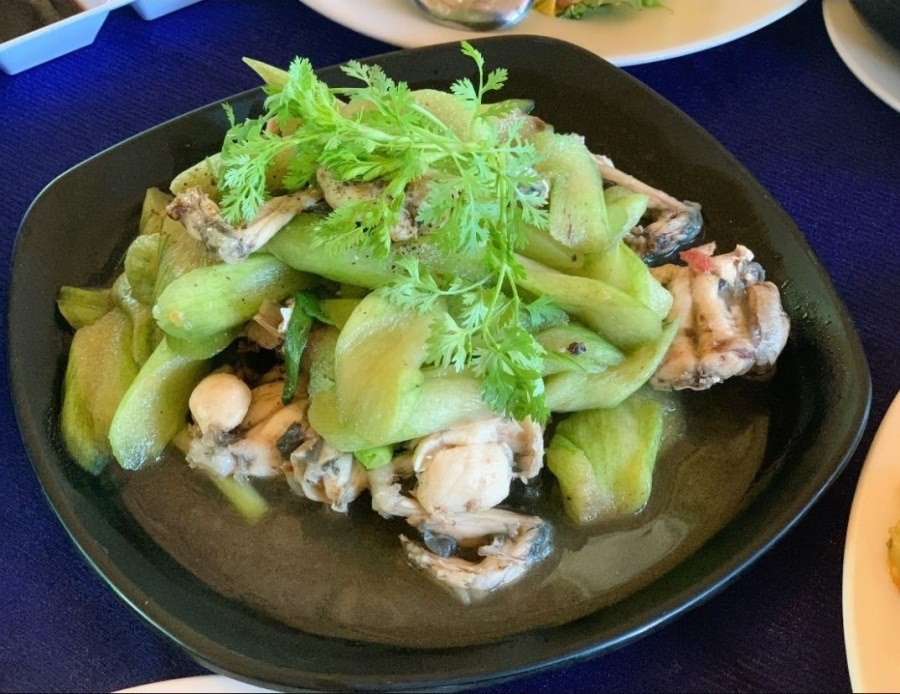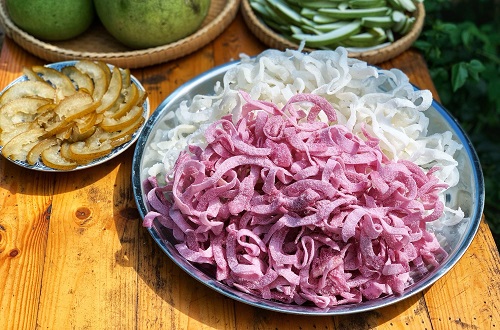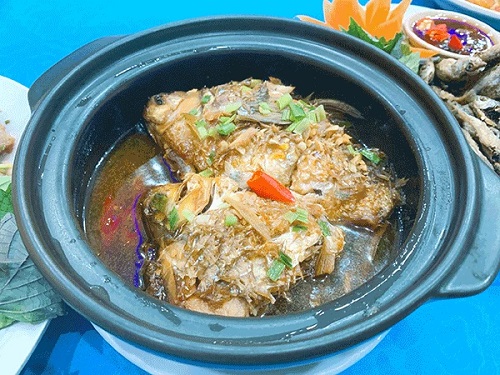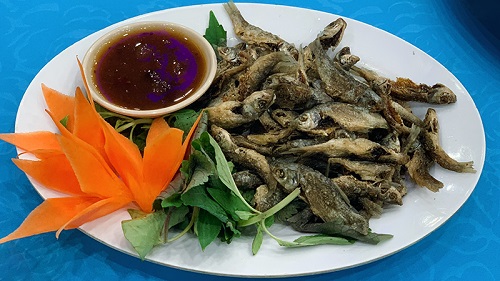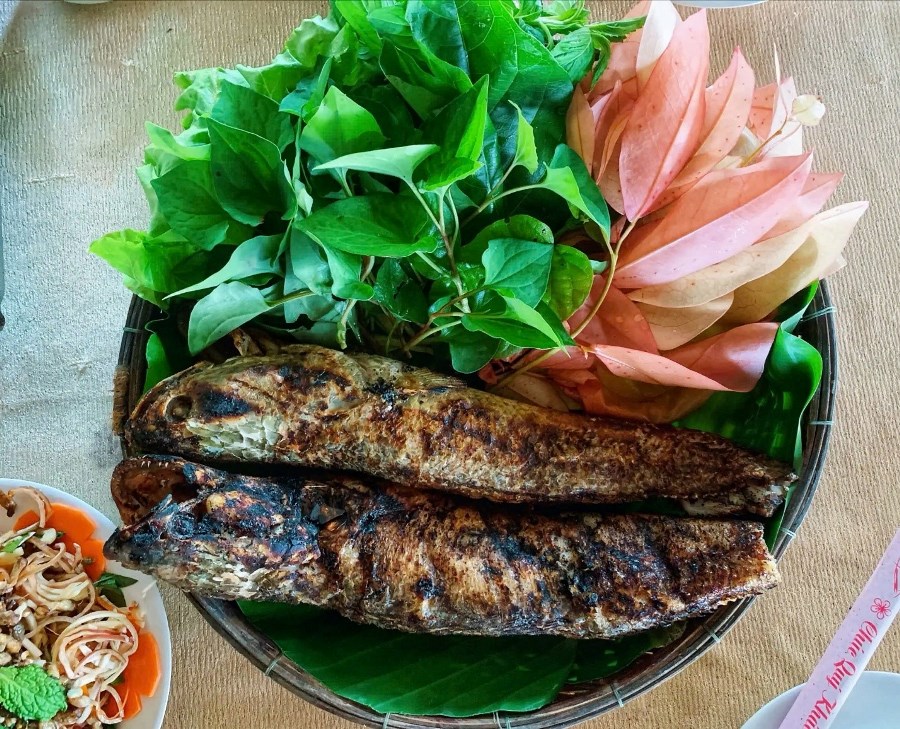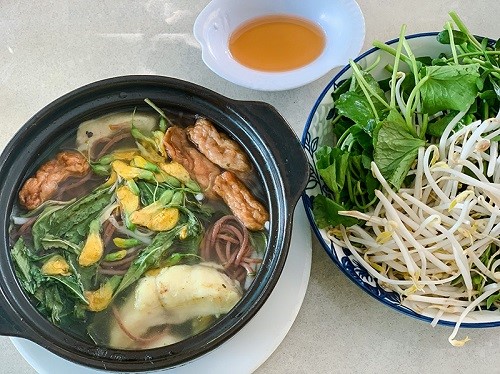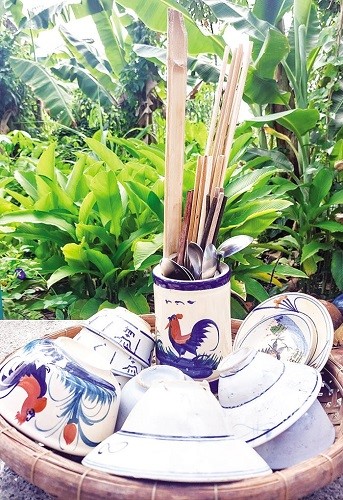
There are many ethnic groups, such as China, Japan, Korea, and Vietnam, that use chopsticks in their daily meals. However, no official documents confirm the first ethnicity or country that created chopsticks. According to some studies, Asian people, including Vietnamese people, use chopsticks on the dining table by learning from birds' eating habits. Vietnam is a tropical country with many birds such as cranes, egrets, and storks. These birds are closely associated with the lives of farmers and have become images engraved on bronze drums, symbols of ancient culture. Thus, chopsticks have become a cultural beauty that Vietnamese people are proud of.
From the perspective of cultural origin, it is believed that the creator of chopsticks is from the culture of wet rice civilization. The basic meal ingredients for this culture are rice, vegetables, fish, and meat, which provide starch, vitamins, and protein. Chopsticks are the only utensils that can bring optimal results for all of these foods.
Eating with chopsticks is a unique way of eating that comes from ancient Southeast Asian farmers. While Westerners must use a set of tableware consisting of at least a spoon, plate, and knife, Vietnamese chopsticks perform different functions such as picking, tearing, splitting, holding, stirring, mixing, etc. Therefore, chopsticks are not just utensils used for picking up food during daily meals but also represent the identity of Vietnamese people's lives and customs.
The materials used to make chopsticks are diverse, ranging from metals like gold, silver, and aluminum, which were often used by kings and mandarins in ancient times to distinguish between classes, to natural materials like bamboo. In Vietnam, chopsticks made from bamboo are closely associated with the country's culinary culture and daily life, partly because bamboo is a symbol of Vietnamese villages. Village bamboo is a poetic image that grows almost everywhere, in the village, around the pond, in the garden, or in the courtyard of the communal house. The Vietnamese plant bamboo not for business or beauty, but because it represents themselves, their soul, and their homeland. Thus, when holding bamboo chopsticks, Vietnamese people feel closer to nature, their roots, their country, and their ancestors. Bamboo chopsticks, although simple and rustic, silently remind Vietnamese children and grandchildren of their country in every meal.
Bamboo chopsticks are a unifying factor in Vietnam, symbolizing equality throughout the country. The treasure trove of Vietnamese folk songs and proverbs has more than once proven the equality expressed through chopsticks. The two chopsticks must be equal, representing the equality inherent in life that should exist between husband and wife.
It can be observed that Vietnamese people have a deeper understanding of the symbolic significance of bamboo chopsticks, which is related to balance and harmony. These qualities are considered to be essential for a successful marriage and a strong friendship. Moreover, Vietnamese literature often uses chopsticks as a teaching tool to help younger generations understand the importance of solidarity and mutual support among Vietnamese people.
It is a fact that Vietnamese people have been using chopsticks for at least 2000 years, as evidenced by the discovery of chopsticks in the ancient tomb of Lach Truong. Chopsticks, which are a common item in every Vietnamese’s daily meals, may seem simple and unassuming, but they hold significant cultural depth and philosophy that reflect on human life from birth to the return to Mother Earth. Chopsticks also represent the relationships between husbands and wives. Although food culture in Vietnam has become more diverse with the introduction of international cuisine, chopsticks remain an integral part of Vietnamese culinary culture and are still used during family meals.
Source: Can Tho News - Translated by Hoang Dat







